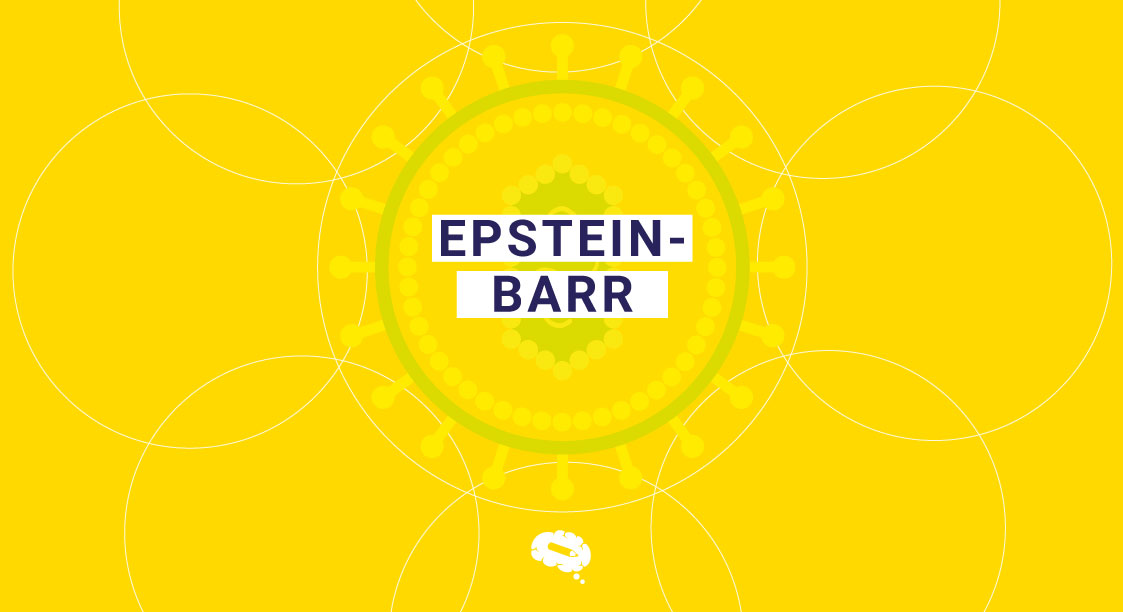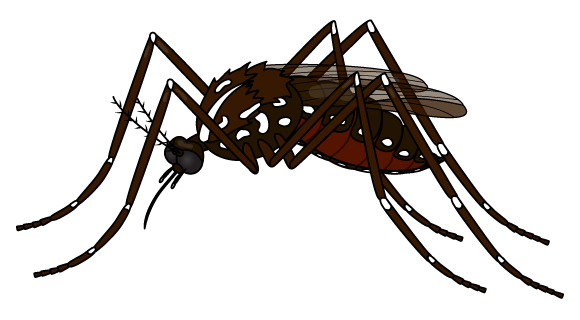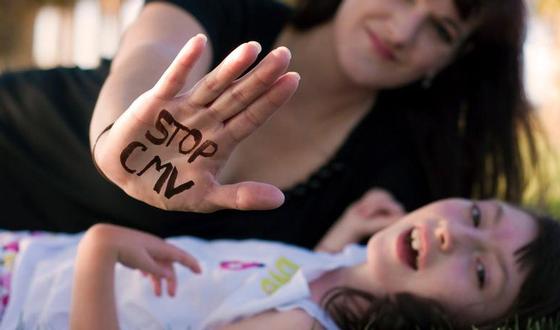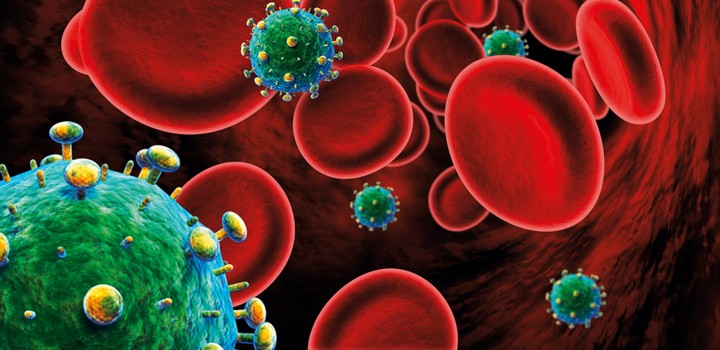The Lancet medical magazine released a fascinating piece of study in March 1964 by three scientists named Anthony Epstein, Yvonne Barr, and Burt Achong. They had found the first human virus capable of causing cancer, which was eventually named after them: Epstein-Barr virus (EBV).
This article will explain the Epstein-Barr virus, sometimes known as the kissing disease, as well as how to diagnose and cure it.
What is the Epstein-Barr Virus
The Epstein-Barr virus is a herpes-like infection that can be transmitted by saliva. EBV is exceedingly common; worldwide, 9 out of 10 people are infected.
The majority of people are infected as children and will be for the rest of their lives. This virus does not normally create symptoms or difficulties. When people become infected as adults, they might develop a glandular fever (also known as ‘mono’ or ‘the kissing disease’), which is quite unpleasant but normally goes away in a few weeks.
Once infected, EBV remains latent in your body for the rest of your life, in an inactive or sleeping form. Regardless of when you initially had the virus, you might reactivate it and experience symptoms repeatedly.
It’s worth noting that in certain circumstances, it can lead to cancer. However, this is a minority; EBV causes 1.5% cancer cases in the world.
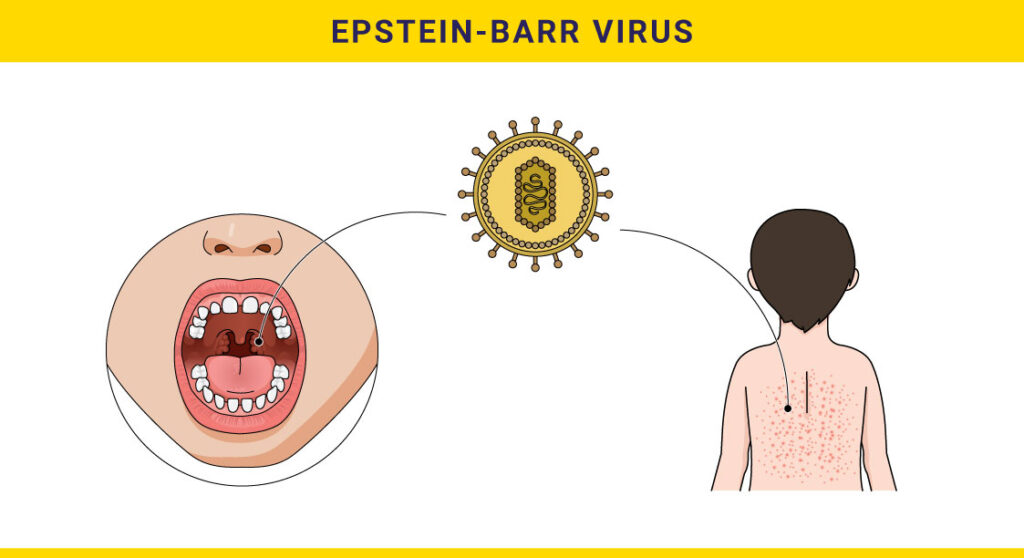
Spreadness and symptoms of Epstein-Barr Virus
Spreadness
The EBV virus is very contagious because it is spread by saliva or body fluid. You can get EBV from an infected individual by doing the following:
- Sneezing or coughing;
- Kissing;
- Sexual interaction (blood and semen);
- Sharing items such as a toothbrush, cutlery, or a cup;
- Touching objects that a child may have placed in their mouth or drooled on.
Symptoms
The intensity of symptoms varies from person to person who has the Epstein-Barr virus. Among the symptoms are:
- Sore throat or inflamed throat (swelling);
- Fatigue or feeling extremely tired;
- Fever;
- Swollen lymph nodes;
- Skin rashes;
- Spleen and liver enlargement.
Children infected with EBV rarely exhibit symptoms, and when they do, they are comparable to short-term diseases such as a cold or the flu. Older people, such as teens or adults, have symptoms for two to four weeks, although some symptoms, particularly those related to productivity, might remain longer.
Diagnose, prevention and treatment
Diagnose
EBV diagnosis is difficult, owing to the virus’s similarities to other prevalent illnesses. The diagnosis is based on your symptoms, how long you’ve had them, if you’ve had contact with anyone who may have the virus, and finally, a blood test to confirm it.
Prevention
Because there is no Epstein-Barr virus vaccine, you may take precautions to avoid infection by:
- Do not kiss someone infected with the virus;
- Do not share a toothbrush with someone infected with the virus;
- When having sex with someone who has the virus, use protection;
- Avoid bringing your hands near your mouth;
- Hand washing after touching things;
- Do not share food or drinks with someone infected with the virus.
Treatment
Treatment for Epstein-Barr virus focuses on the symptoms of the infection. Treatment entails:
- Staying hydrated;
- Getting a lot of rest;
- Pain and fever relievers;
- Increasing immune system;
- Stress management.
Getting enough rest is one of the most important treatments and should be taken carefully; performing too much physical activity might result in a burst spleen if the infection causes your spleen to enlarge. Taking care of your immune system and managing stress is very vital not just for reducing symptoms, but also for preventing the virus from reactivating once it has remained latent.
Over 65,000 accurate scientific figures to boost your impact
To make your research more understandable, appealing, and likely to get published, utilize an easy-to-use tool and choose from over 65,000 scientific figures. Learn about Mind The Graph and revel in the brilliance of infographics!

Subscribe to our newsletter
Exclusive high quality content about effective visual
communication in science.

